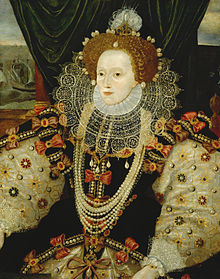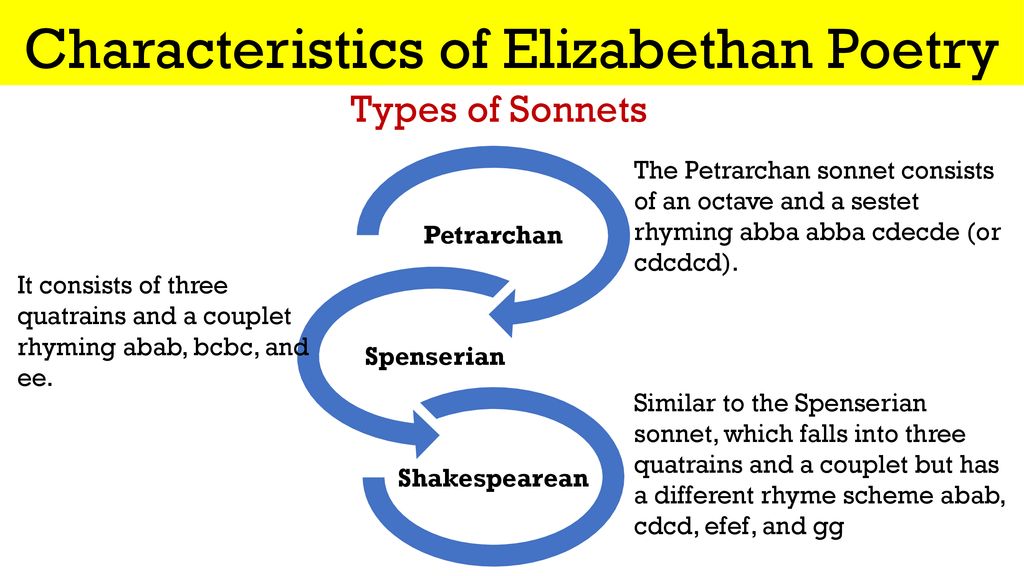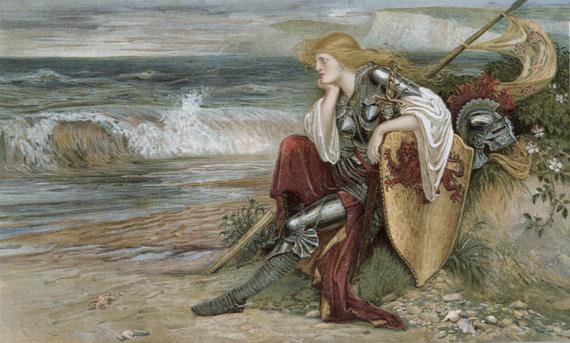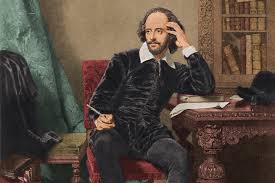Introduction to the Elizabethan Era Literature
Contents

In this article, we will see a brief introduction to the Elizabethan Era and the major literary figures and their work. The Elizabethan Era commenced with the reign of Elizabeth the First as the queen of England in 1558 until her death in 1603. In British history, her reign saw literary development reach its climax and conclusion and also, this was perhaps the most remarkable epoch for both mental and geographical horizons.
Are the Elizabethan age and Renaissance age in English Literature same?
The Elizabethan age is a part of the English Renaissance. Hence, it can be said that the two periods overlap.
Literary Features of the Elizabethan Era
What are the main characteristics of Elizabethan era Poetry, prose and drama?
These are the main literary features that were reflected in the literature of the Elizabethan Era:
- The New Classicism: By the time of Elizabeth, the Renaissance had made its presence strongly felt in England. There was an ardent revival in the study of Greek and in all, classical languages like Greek and Latin forced themselves upon the branches of literature. But, the new classical influences were of a great benefit as they polished the earlier sturdiness and roughness of English.
- The abundance of Output: In the Elizabethan Era, there was an abundance of literary output. Pamphlets and treatises were freely written and literary discussions slowly grew in importance and frequency.
- The New Romanticism: The romantic desires of the remote, the wonderful and the beautiful were nurtured during the Elizabethan Era, which can be considered as the first and the greatest romantic epoch. On one hand, there was a rejection of the old and the past in general, which was termed too ‘rigid’ for an adventurous age. Also, there was a daring and resolute spirit of adventure in literary as well as other regions.
- The Development of Drama: Drama had to overcome many difficulties in the Elizabethan Age. One was the closure of the theatres between the years 1590 to 1593. This problem was solved in 1594 by the licensing of two troupes. There were a lot of difficulties because of which the theatres had to closed in 1589. There was a considerable amount of puritanical opposition and anti-drama literature. Despite all these difficulties, the theatre managed to reach a splendid consummation, especially for Shakespeare.
- Development of poetry and prose: Poetic production was of great and original beauty even though it wasn’t as popular as drama. Prose also rose to a position of first-rate importance and was acquiring a universal application.

What is the effect of Elizabethan era literature on readers?
Although readership was very limited in the Elizabethan era, poetic and prose works were still read. The poetry of Philip Sydney and prose works of Bacon became very famous among scholars. Shakespeare’s works were not published in his lifetime.
Elizabethan Literature Themes
Generally viewed as the greatest period of English literature, the Elizabethan era literature was vastly influenced by the impact of the Renaissance. It was also greatly influenced by the exploration of the unknown parts of the words and new geographical as well as scientific discoveries.
It was also influenced by the subjects of Greek literature and the antiquity. They helped to throw light on the previously dark places of interest in terms of literature.
The Elizabethan era literature was also marked by the abundance of translation works that were done. Several important foreign texts were translated into English which became extremely popular. For example, Aristotle’s Orlando Furioso was translated into English by Sir John Harrington and Tasso’s Terusalom Liberata was translated by Richard Carew.
Despite borrowing from other places, Elizabethan literature was highly original in quality. Shakespeare borrowed heavily from foreign literature, yet remained startlingly original in style and presentation.
Spenser introduced the ‘Spenserian stanza’ and demonstrated inventiveness in poetry.
Why was the Elizabethan age called the Golden age of literature?
Queen Elizabeth’s reign became the golden era for production of literary works because she herself was a great patron of art and literature. During her reign, some new forms of poetry were introduced, first English essays and novels were written and dramas saw a surge of a huge production.
Types of Literature in the Elizabethan Era
The Elizabethan era witnessed the flourishing of a vast variety of literary works: Poetry flushed in terms of sonnets, dramatic blank verse and the Spenserian stanza.
It was the golden age of drama that established itself with Marlowe and reached greater heights with Shakespeare.

Prose also reached remarkable heights with the publication of historical journals, political pamphlets, literary criticism, translations of Holy Scriptures etc.
Characteristics of Elizabethan Drama
Some of the general features of Elizabethan drama were:
Asides for private conversations and Soliloquies became popular to engage the audience. Shakespeare wrote his plays in verses. Iambic Pentameter with five two-syllable units, also called “feet”, were a popular device. Blank verses were also widely used.
The plays were usually restricted to characters who belonged to the noble class and aristocracy. Elizabethan dramatists, especially Shakespeare, also popularised the use of insults and abuse through his plays to indicate verbal duelling.
Elizabethan era Poetry and Prose
What were the characteristics of Elizabethan poetry?
The general characteristics of Elizabethan poetry were:
They were written in Iambic Pentameter. The rhythm used to be abab cdcd efef gg. The Sonnet became the dominant form of poetry. The descriptive and narrative lyric poem also became popular.

The characteristics of Elizabethan prose were:
The prose could be divided into two categories – fiction and non-fiction. The fictions were usually romantic. The works of non-fiction had more variety and used to be straight forward in nature. Most political and critical works were non-fiction.
What did the writers of Elizabethan age accomplish?
Elizabethan age became the golden age of poetry and drama. Writers such as Shakespeare, Marlowe, Spenser, Sydney wrote the finest poetry and drama that went on to influence writers all over the world for generation to come.
There was also a vast variety of remarkable prose in the form of pamphlets, scriptures, essays etc.
The Age of Shakespeare
William Shakespeare was undoubtedly the greatest writer that emerged in the Elizabethan era. For more information on Shakespeare and his works click on the link.
How did Shakespeare’s poetry impact Elizabethan Literature?
Although Shakespeare was mostly famous for his plays, he also wrote a considerable number of sonnets which were popular as well. They were conventional in style but new in subject and presentation.
Major Literary Figures of the Elizabethan Era
The major literary figures of the Elizabethan Era were:
- Edmund Spenser
- John Donne
- Sir Philip Sidney
- William Shakespeare
- Christopher Marlowe
There were other figures who contributed to the literary scene at that time, but they were not as influential as the above five stalwarts.
